Ai Weiwei recreates Monet's Water Lilies with Legos: a 15-meter work
A major exhibition by Ai Weiwei (Beijing, 1957) entitled Ai Weiwei. Making Sense at the Design Museum in London: while waiting for it to open, the museum has unveiled an important, new work by the celebrated artist. It is Claude Monet’s Water Lilies recreated entirely with Lego bricks: a reproduction of the Impressionist painter’s masterpiece now at MoMA in New York, it is the largest Lego artwork Ai Weiwei has ever made. Titled Water Lilies #1, the work is over 50 feet long and will cover the entire length of one of the Design Museum’s gallery walls. It is composed of nearly 650,000 Lego bricks, in 22 colors. This vast new work will be seen in public for the first time at the opening of the exhibition.
In the original painting, Monet depicts one of the lily ponds in the gardens of his home in Giverny, Normandy. It is an image that has become world famous for its depiction of the tranquil beauty of nature. However, the pond and gardens were an artificial construction, designed and created by Monet himself in the early 20th century. The artist had the nearby Epte River partially diverted to create this idealized landscape.
By recreating this famous scene, Ai Weiwei intends to challenge our ideas of reality and beauty. The new image was constructed with Lego bricks to eliminate Monet’s brushstrokes in favor of a depersonalized language of industrial parts and colors. These pixel-like blocks suggest contemporary digital technologies that are fundamental to modern life and in reference to how art is often disseminated in the contemporary world. Further challenging viewers, on the right side of Ai Weiwei’s version is a dark portal, to be understood as the door to the hovel in Xinjiang province where Ai and his father, Ai Qing, lived in forced exile in the 1960s. Their hellish desert home punctures the watery paradise.
Ai Weiwei has been using Lego bricks in his work since 2014, when he used them to produce portraits of political prisoners. But Water Lilies #1 is, as mentioned, his largest creation yet in this medium.
Ai Weiwei. Making Sense will be the artist’s first exhibition to focus on design and architecture and will see the artist use design and the history of making as a lens through which to consider what we value. Other highlights of the exhibition include dozens of objects and artworks from throughout Ai Weiwei’s career that explore the tensions between past and present, the relationship between hand and machine, and between construction and destruction. Examples of Ai’s “ordinary” objects, where he transformed something useful into something useless but valuable, will also be shown. These include a worker’s helmet cast in glass that becomes both strong and fragile, and a sculpture of an iPhone that was cut out of a jade axe head. Ai Weiwei’s large-scale works will also be installed outside the exhibition gallery, in the museum’s free-entry spaces and outside the building.
“Many of the works in this exhibition capture the destruction of urban development in China over the past two decades,” says Justin McGuirk, Chief Curator at the Design Museum and curator of the exhibition. "With Water Lilies #1 Ai Weiwei presents us with an alternative vision: a paradise garden. On the one hand he has personalized it by inserting the door of his childhood home in the desert, and on the other he has depersonalized it using an industrial language of modular Lego bricks. This is a monumental, complex and powerful work and we are proud to be the first museum to show it."
“Our world is complex and collapsing toward an unpredictable future,” declares Ai Weiwei. It is crucial that people find a personalized language to express their experience of these difficult conditions. Personalized expression comes from identifying with history and memories while creating a new language and narrative. Without a personal narrative, artistic storytelling loses its quality. In Water Lilies #1 I integrate Monet’s impressionist painting, reminiscent of Zenism in the East, and my father’s and my own concrete experiences into a digitized and pixelated language. Toy bricks as material, with their qualities of solidity and potential for deconstruction, reflect the attributes of language in our rapidly developing era in which human consciousness is constantly dividing."
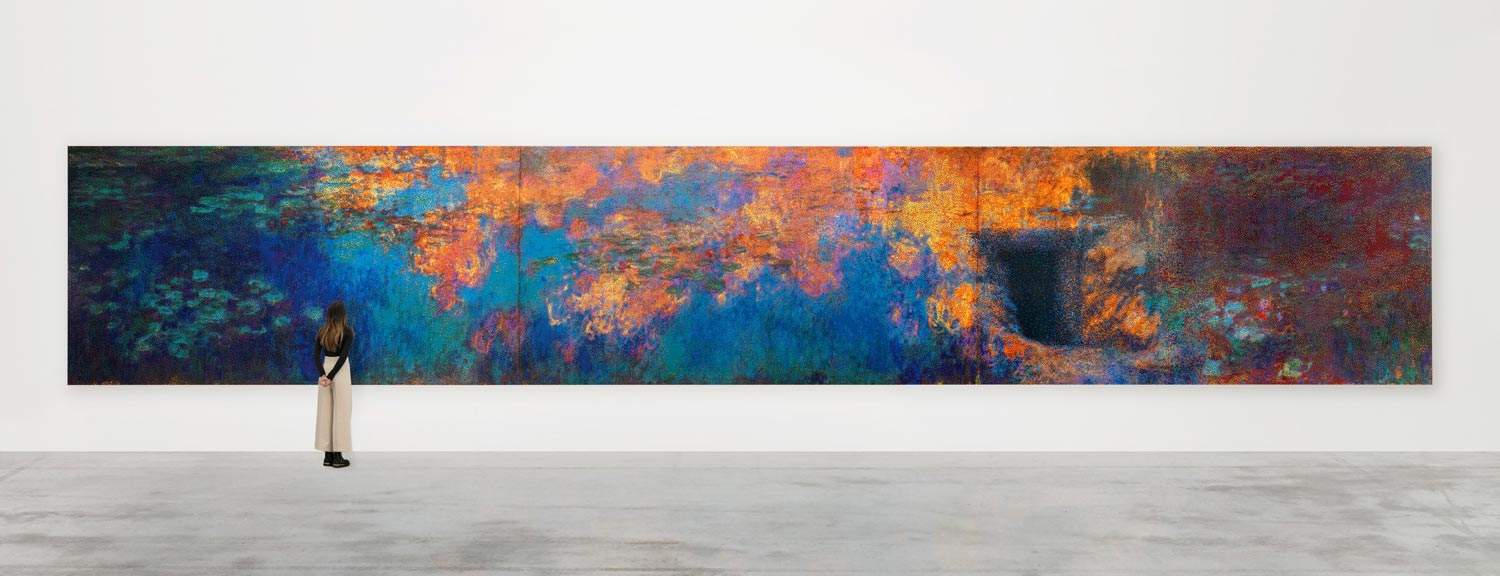
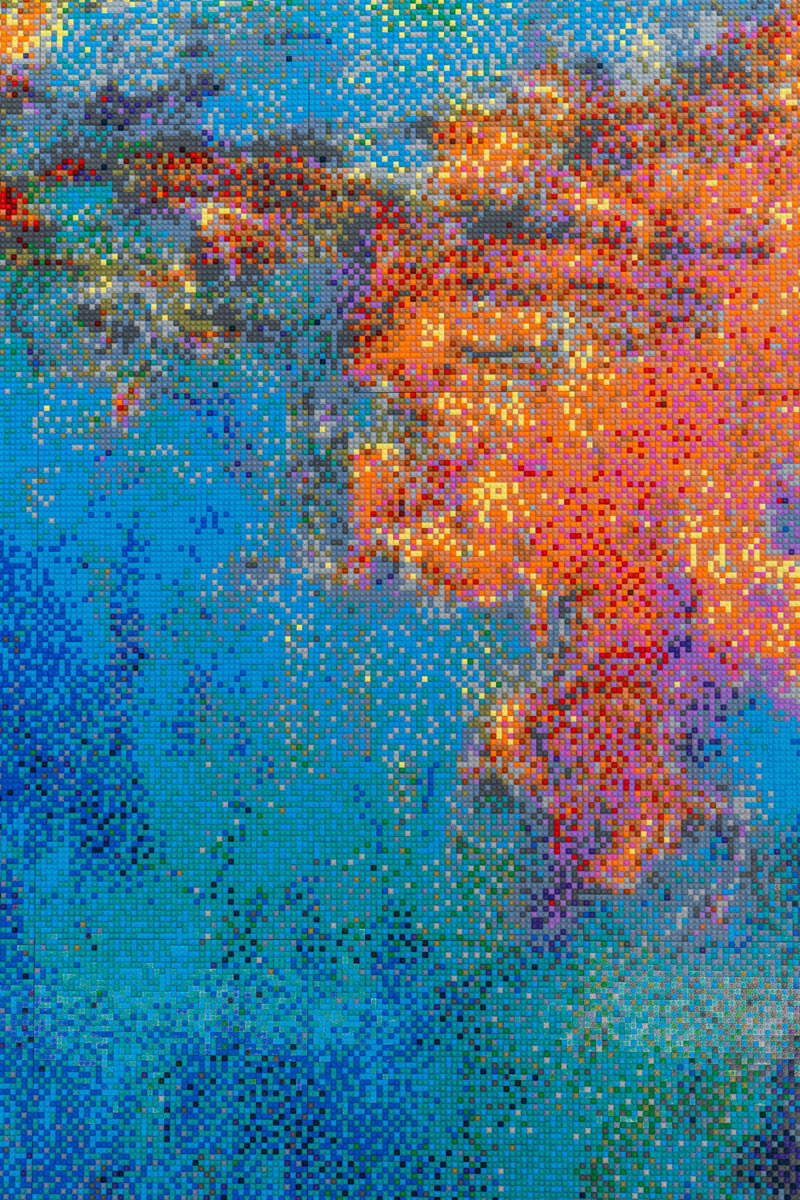
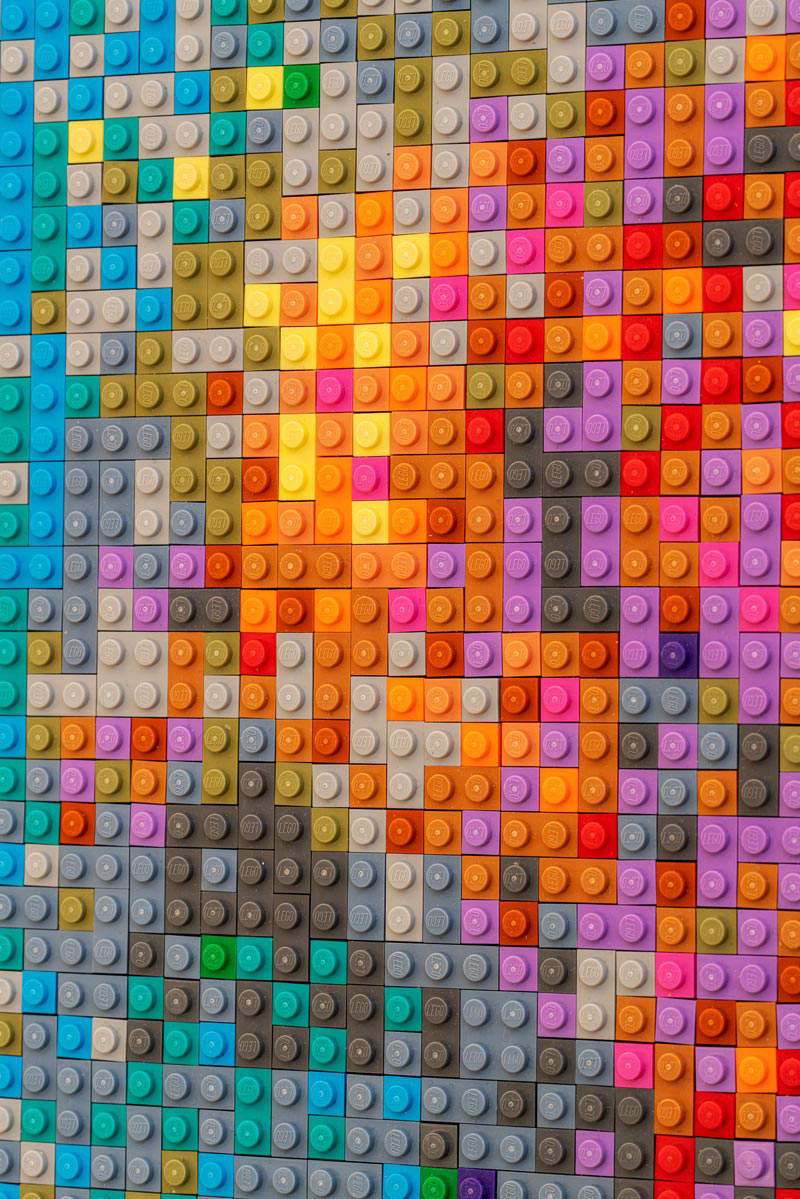
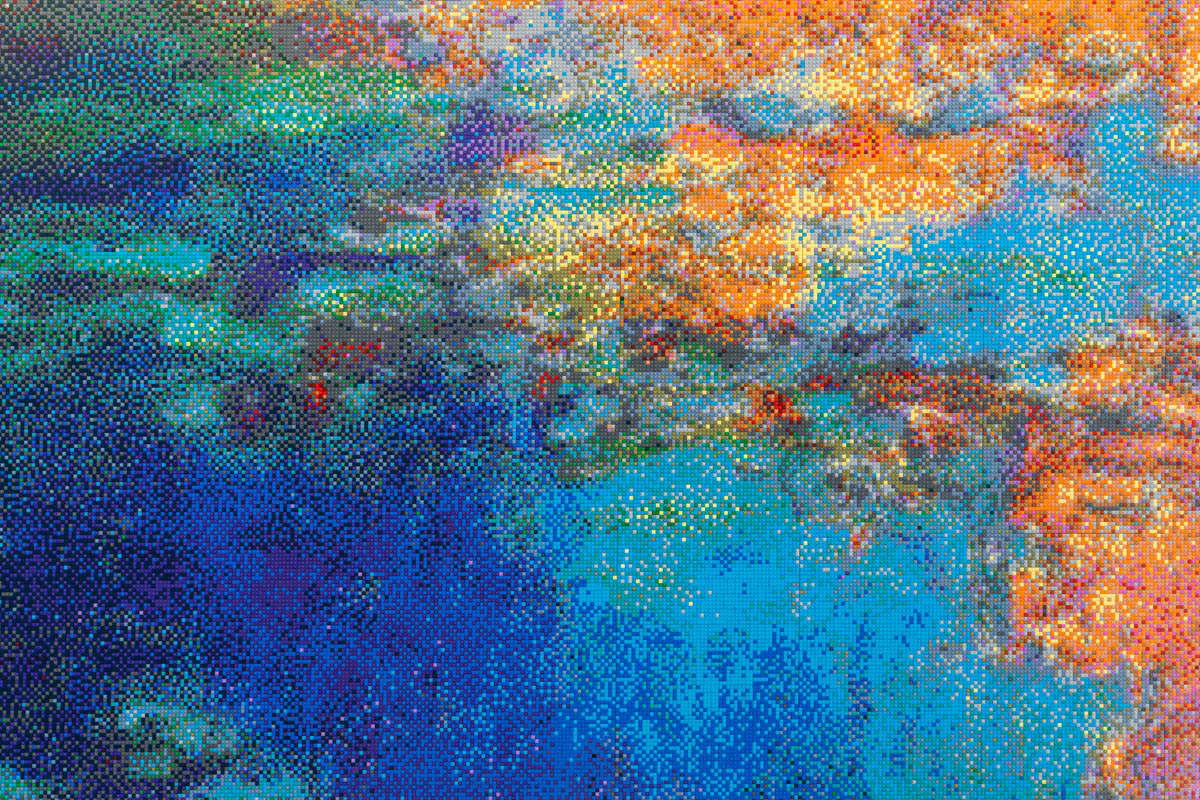
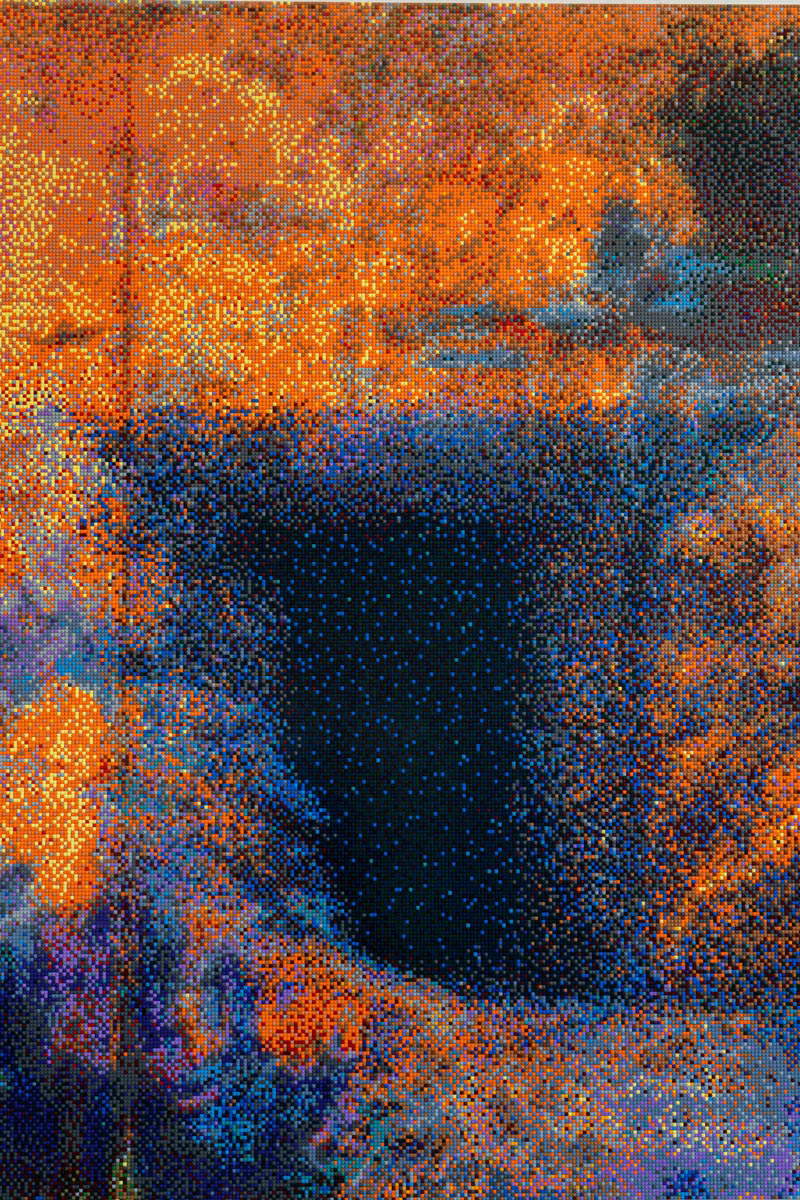
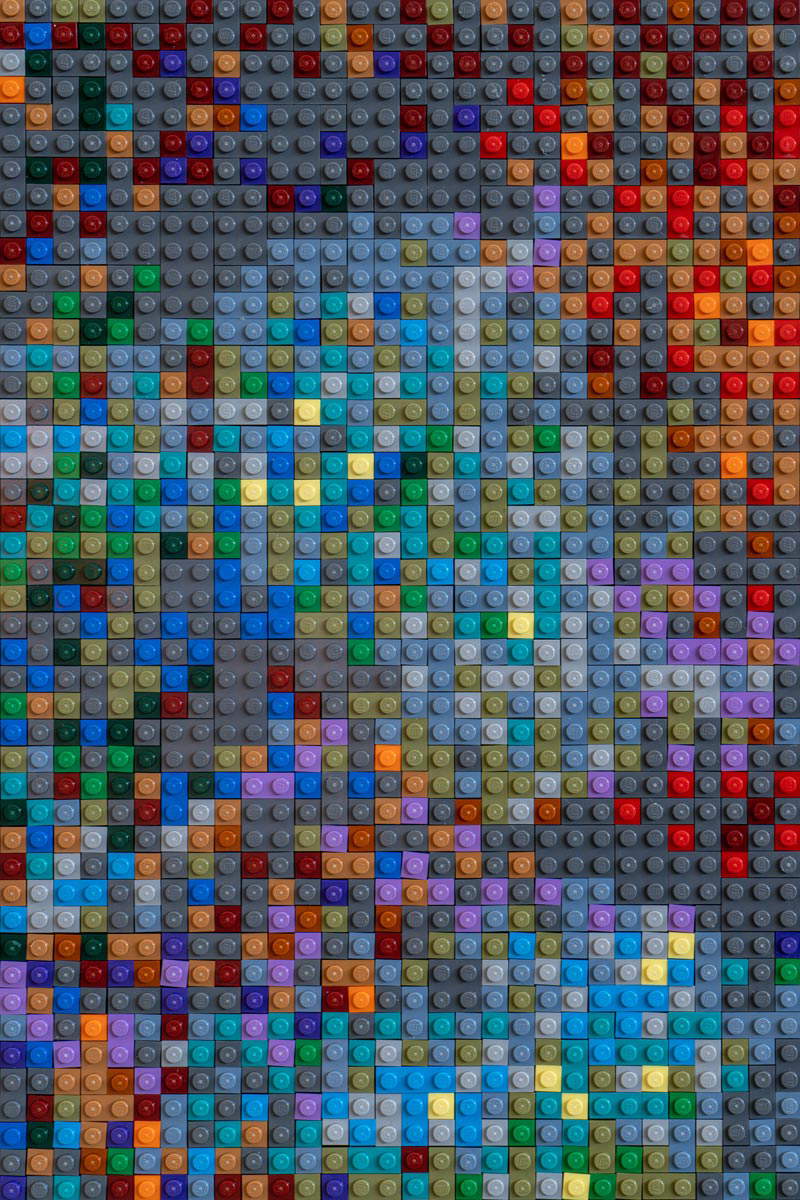
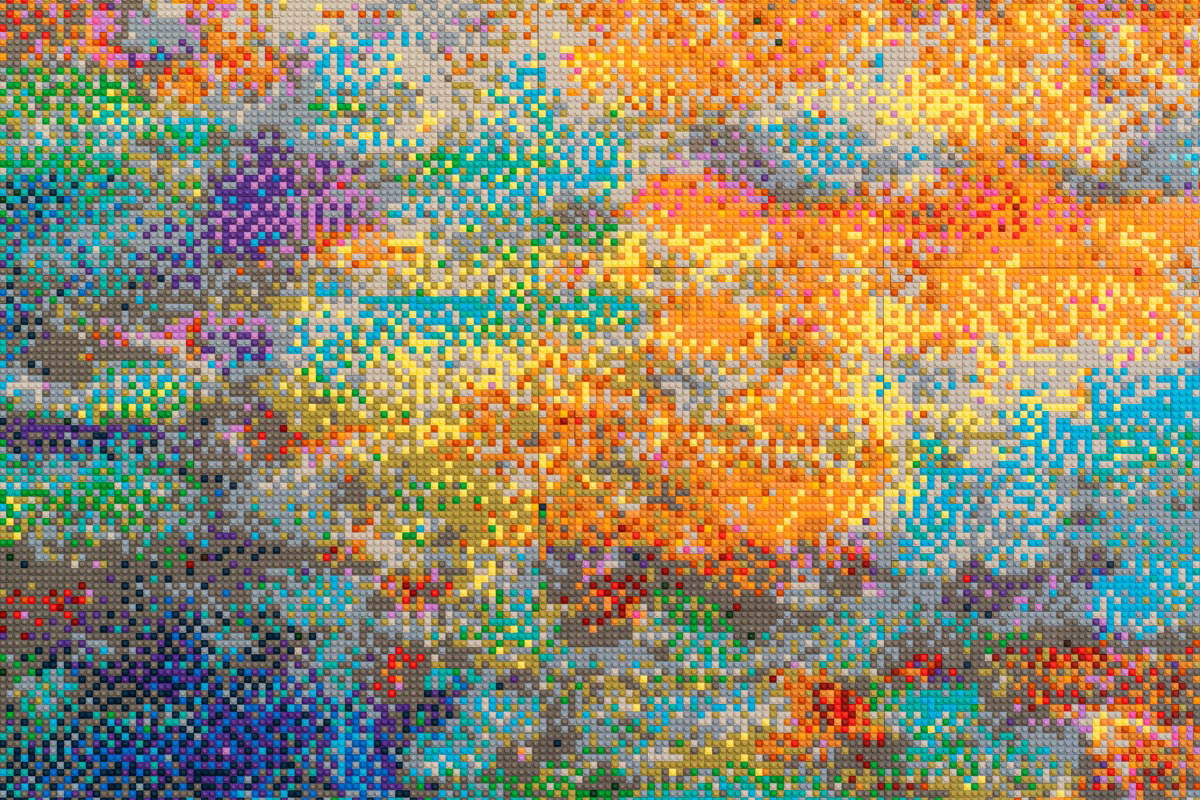
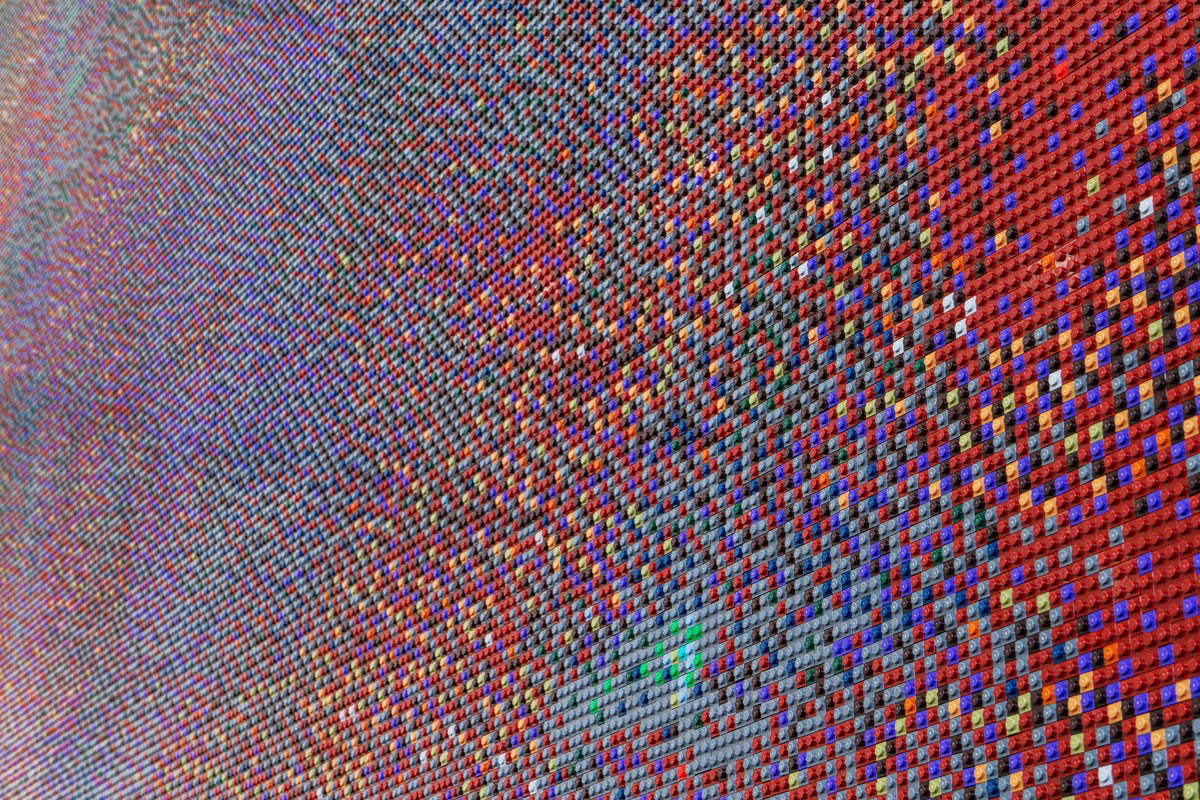
 |
| Ai Weiwei recreates Monet's Water Lilies with Legos: a 15-meter work |
Warning: the translation into English of the original Italian article was created using automatic tools. We undertake to review all articles, but we do not guarantee the total absence of inaccuracies in the translation due to the program. You can find the original by clicking on the ITA button. If you find any mistake,please contact us.



























